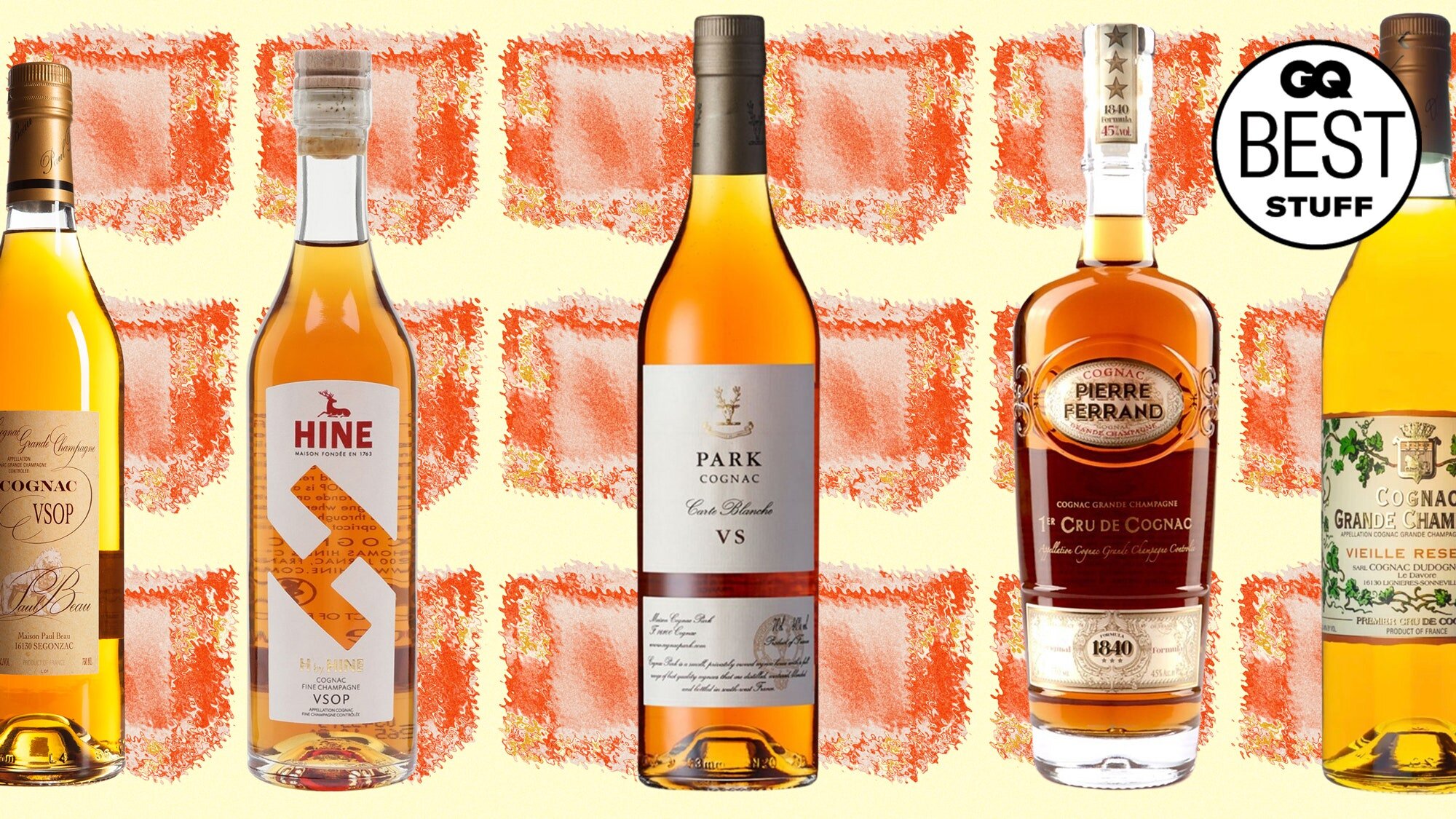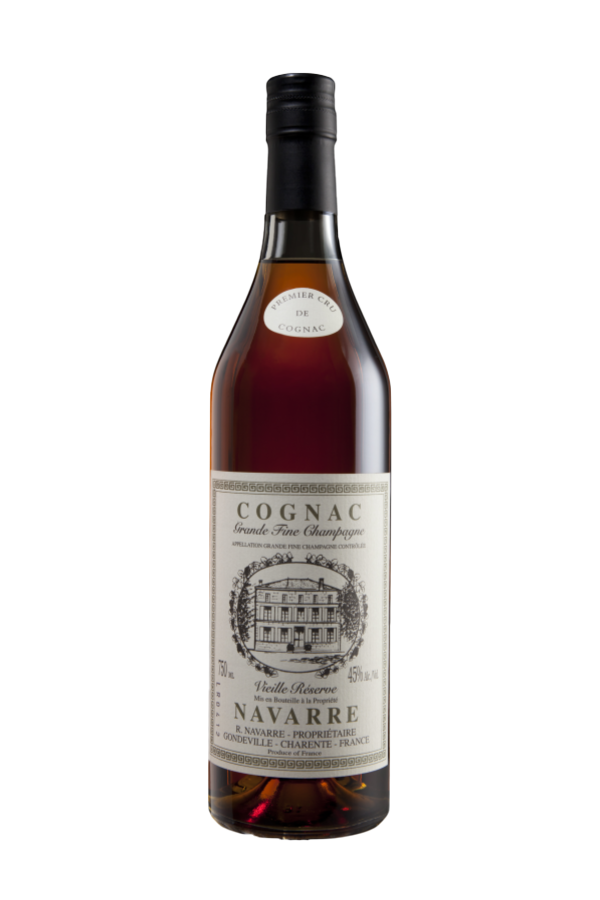Don’t have a bottle of Cognac on your bar? You should.
Cognac—which is a type of brandy (we'll get to that)—has always had an unfairly snooty image. It’s the building block for the Sidecar and the original Sazarac—real down-to-earth cocktail classics. As a result of the French embrace of Black servicemen in World War II, they drank it often. Before it was getting shouted out by everyone in rap, from Tupac to Drake, Hennessy became the first spirits company to place ads in Ebony and Jet magazines. (It was also was omnipresent at my cousins’ weddings at Chinese banquet halls, where there was a bottle of Hennessy on every table, right next to a two-liter of 7-Up for mixing.) Cognac has history, and it's not just pinched-face old white guys in smoking jackets swirling snifters, is what I'm saying. So yes, while you can easily shell out thousands of dollars for aged Cognac in Baccarat crystal, there are great bottles at every price point.
Best Bang-For-Your-Buck Cognacs
Paul Beau VSOP
None of the Cognacs in this category are what you would call cheap, but the idea here is value. “Paul Beau VSOP is an exquisite spirit that sells for around $60, but what makes it a great value is that this VSOP is really an average age of 15 years old,” says Thorn. “This could be labeled as an XO, which would typically fetch at least $100.”
Guillon-Painturaud VSOP Grande Champagne
Similarly, Guillon-Painturaud VSOP Cognac is also an average age of fifteen years old, far exceeding the VSOP designation. “Line Guillon-Painturaud produces on her family’s 18 hectare estate, and she is one of the few female master distillers in Cognac,” Thorn says. “Her Cognacs are elegant and fruit forward, and they are ridiculously good value considering the ages that are in the bottles.”
Navarre Vieille Reserve
“Navarre Cognacs are such a treat. Jacky Navarre is a fourth-generation distiller, and his production methods are slow and old-school. He hand-harvests the grapes, distills in small batches, and does not reduce with water, but instead allows reduction to take place only in barrel over time. The average age is 40 to 50 years old. Navarre Vieille Reserve is around $250 retail, and it is worth it.” —Kellie Thorn







